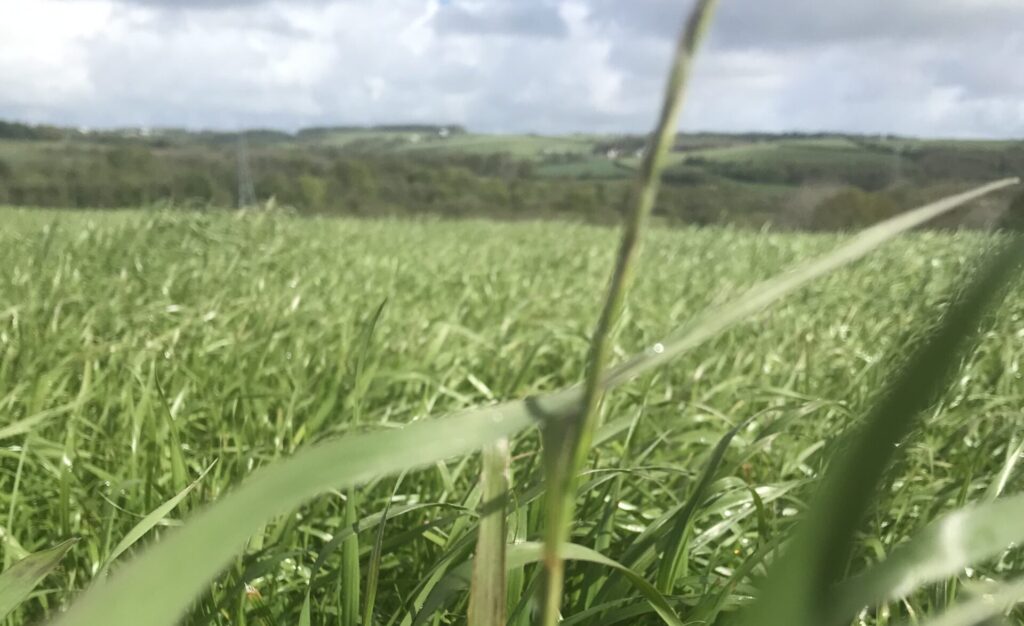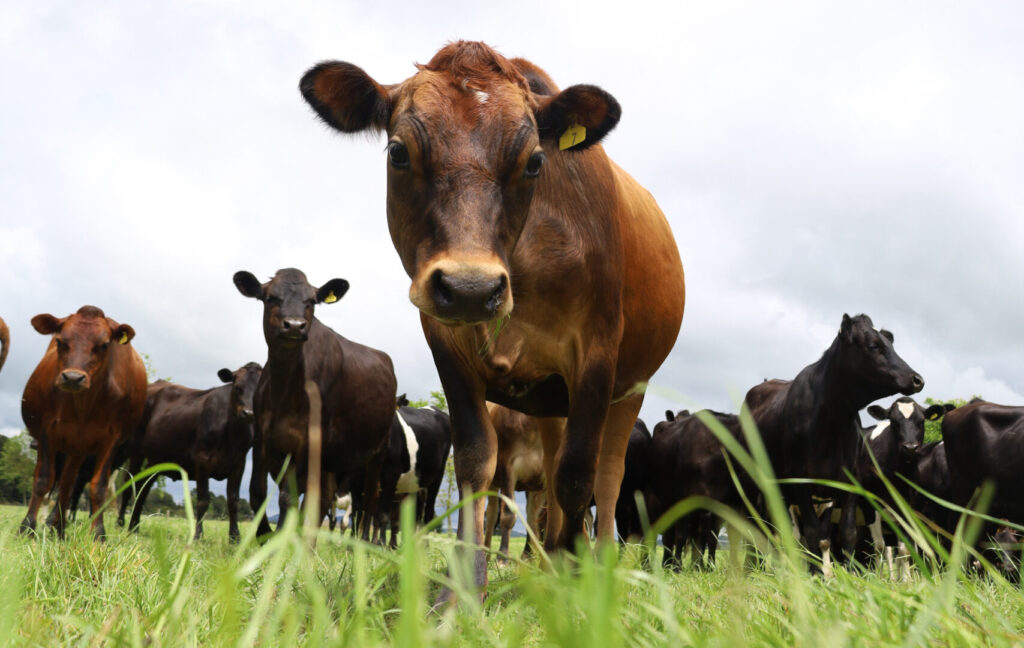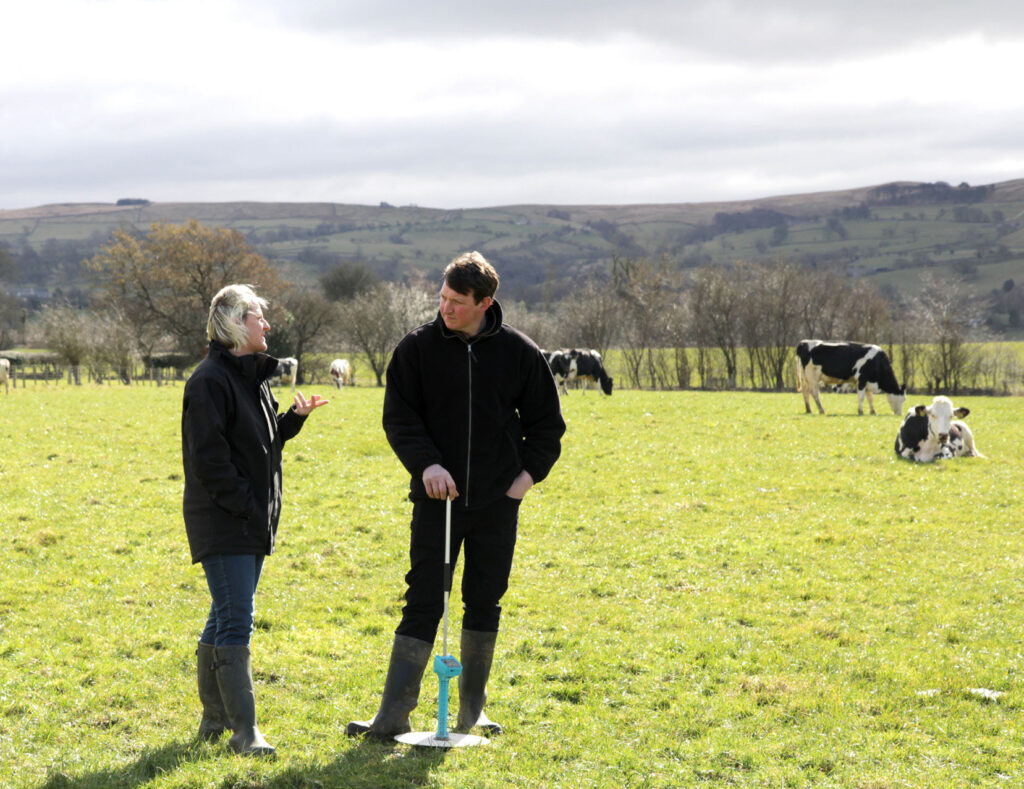by Bess Jowsey, Pasture to Profit farm consultant
Rainfall across the north has brought some relief to farmers, although without more in some areas this is just enough to keep things growing for a few weeks. Soil conditions are still firm making achieving consistent even residuals easier as the rotations build.
There is the possibility on drier soils or areas with less rainfall that seed heads may continue to affect quality through July. Ideally there would be no more than 10% rejection once an area has been grazed. If you’re entering at the right pre-grazing cover (2.5 – 3 leaves) this should be very achievable. Maintaining consistent and even residuals through summer will ensure the highest quality grass continues into autumn. As grass growth can change rapidly, and vary widely at this time of year, measuring regularly will help you adjust your rotation length accordingly to keep the balance between quality and quantity optimal for grass and stock productivity.
Something to be mindful of this growing season is the soil nutrient status. I think pastures this year look ‘hungry’. For some this is a symptom of the dry conditions which will rectify itself as soil moisture reactivates nutrient uptake into the sward. However the wet autumn, winter and then spring will have leached some nutrients. Once soil moisture is more typical for your farm if you are still seeing a large difference in colour between the grass of a dung pat versus the area between, a dose of dirty water or slurry would assist the grass in the short term. Make a note to soil test in the autumn.
Those of you who are producing meat will understand the value of offering the best quality feed to your growing stock. I do feel that there’s a general belief that this cannot be done on grass alone. Frequently I see mobs of young stock grazing on a large meadow, being offered some cake daily in a trough. Depending on the season they may get shifted to a neighbouring meadow if they run out of grass. To you this may seem an efficient and cheap way of rearing young stock but to me it seems a wasted opportunity.
There’s huge value to be gained from rotational grazing young stock, both in terms of the productivity of the grass and the stock. Subdividing a large meadow into smaller areas to move them on every few days will be hugely advantageous. Permanent pasture responds well to being rested – quite simply doing this will grow more grass. Frequently moving stock onto fresh area offers a consistent abundant supply of grass resulting in more consistent growth rates.
I work with farmers who consistently hit growth rate targets from a full grass diet, with young stock weaned off cake once quality grazed grass becomes the main forage. I’ve also witnessed farmers who have dramatically increased the stocking rates on their farms to take advantage of the additional grass productivity rotational grazing has afforded them.
For more support on maintaining pasture quality through the summer or implementing rotational grazing with young stock please contact your local Pasture to profit farm consultant for support in managing summer grazing.



